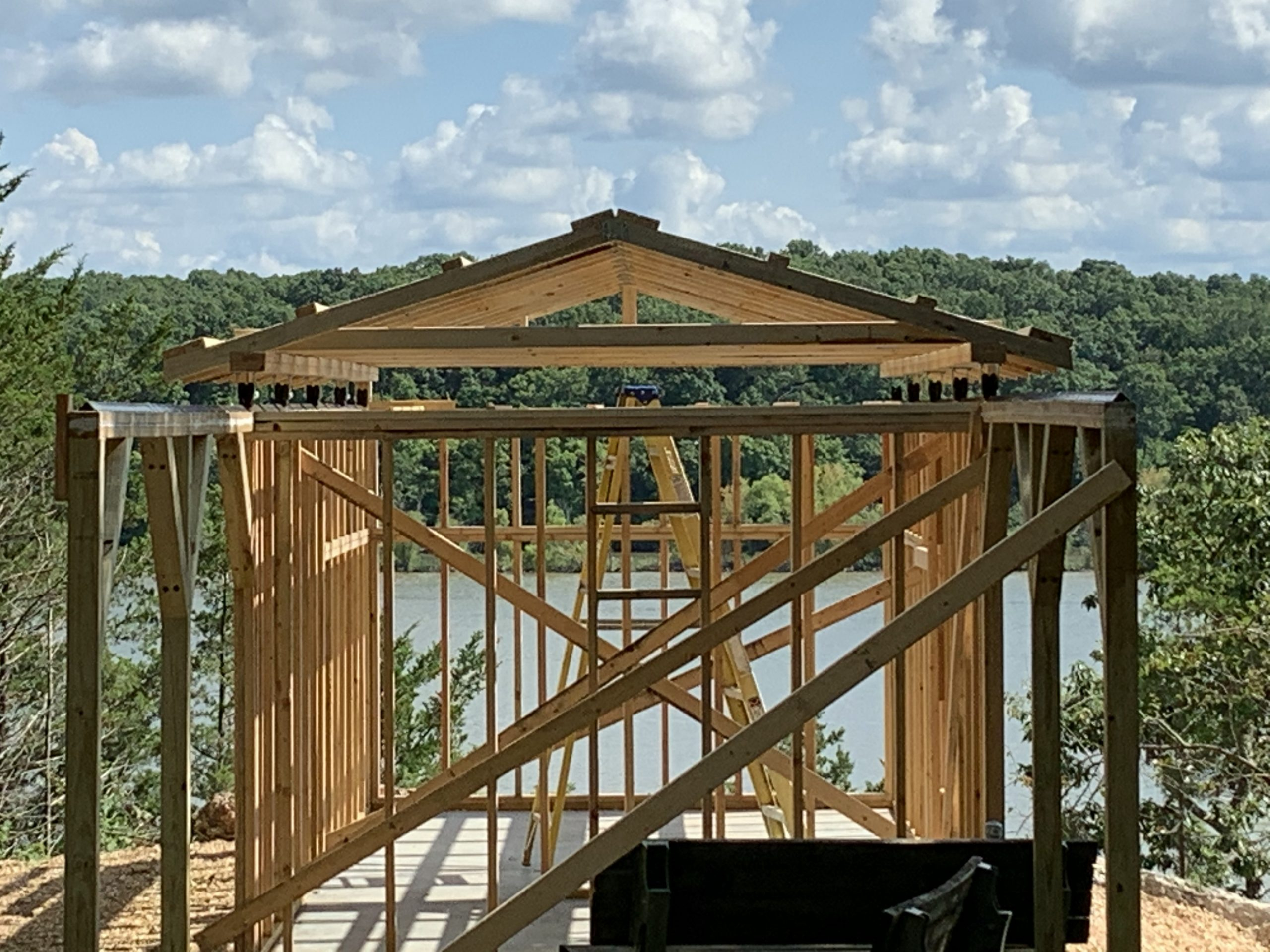
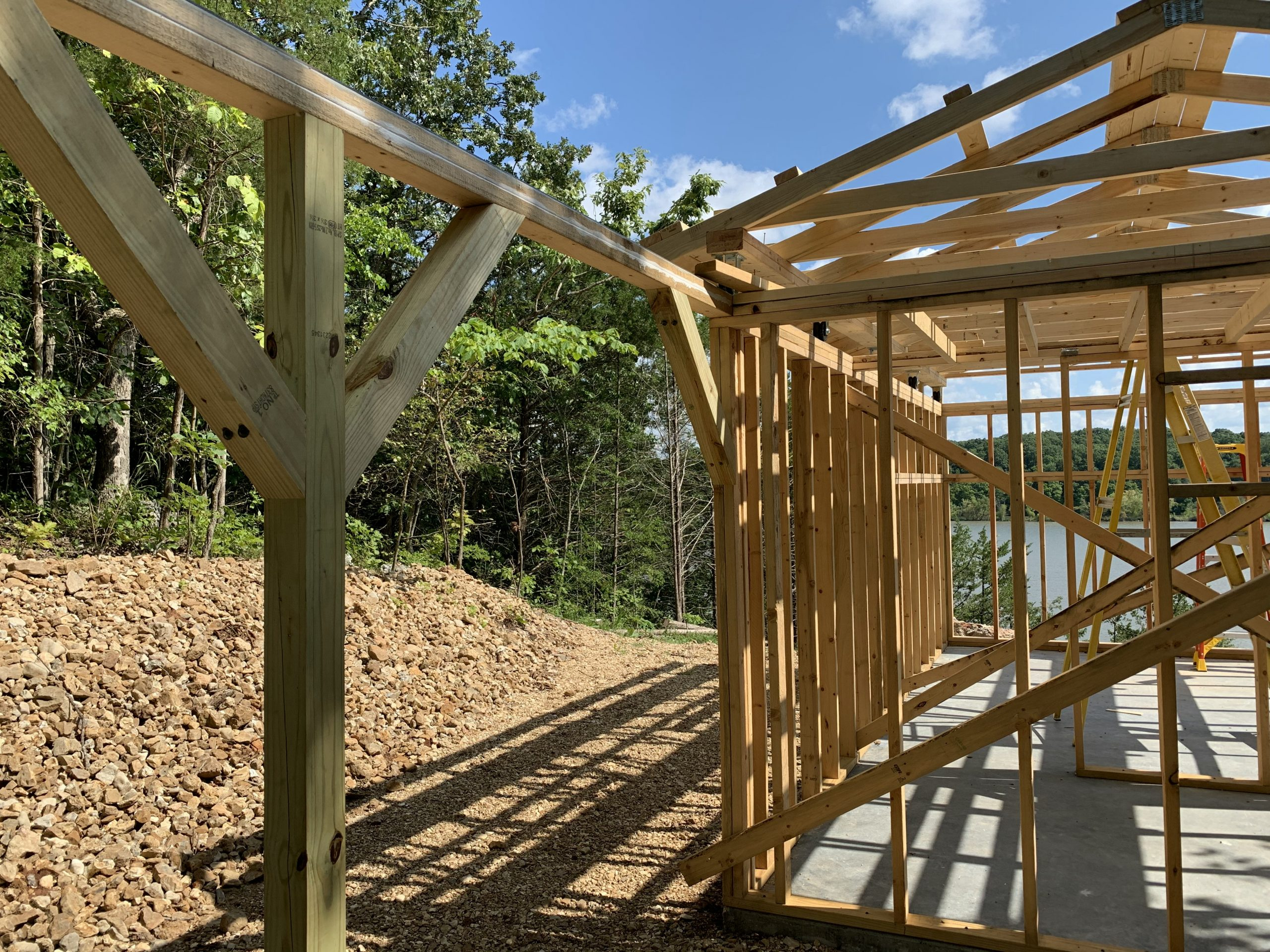
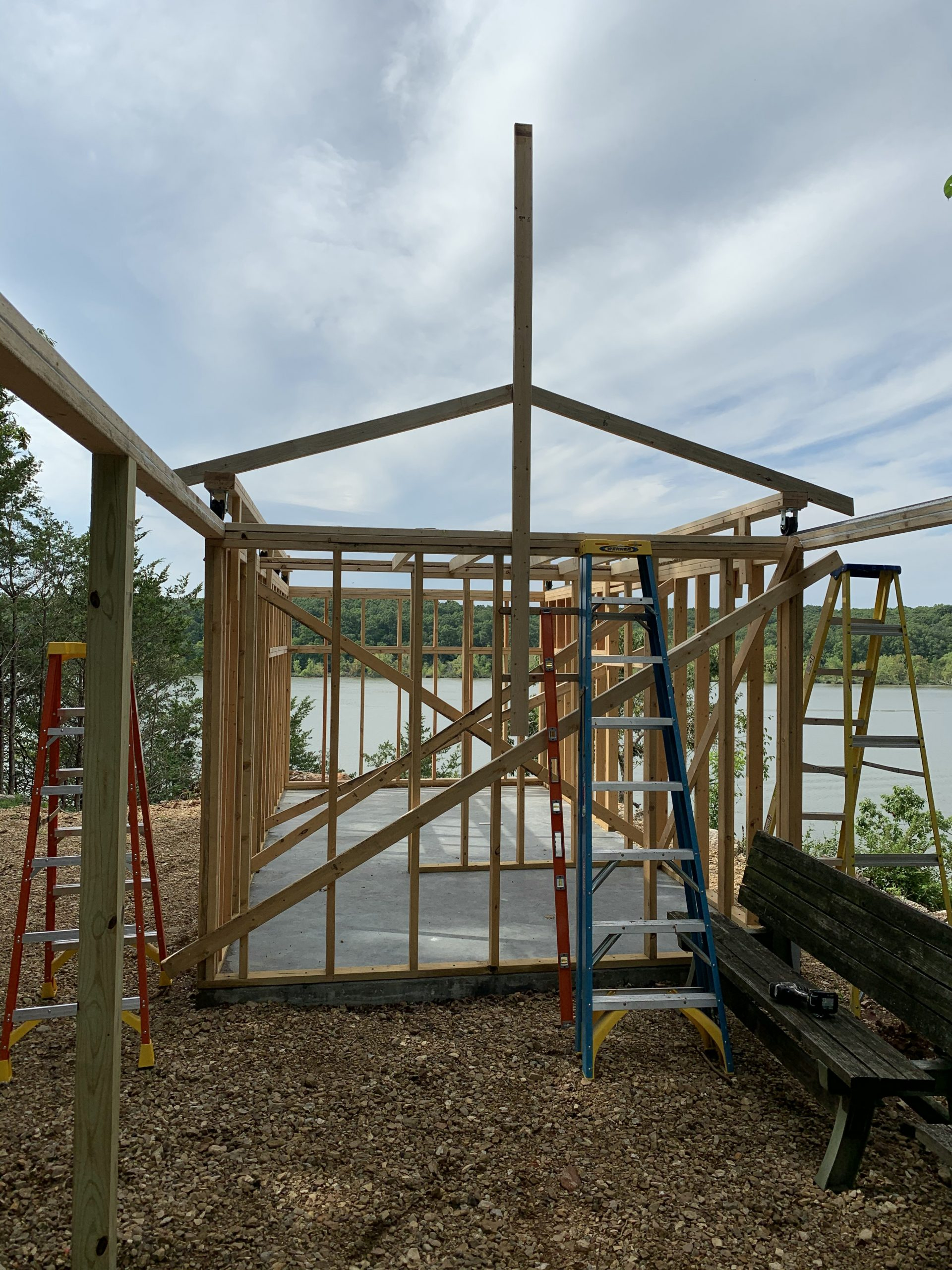
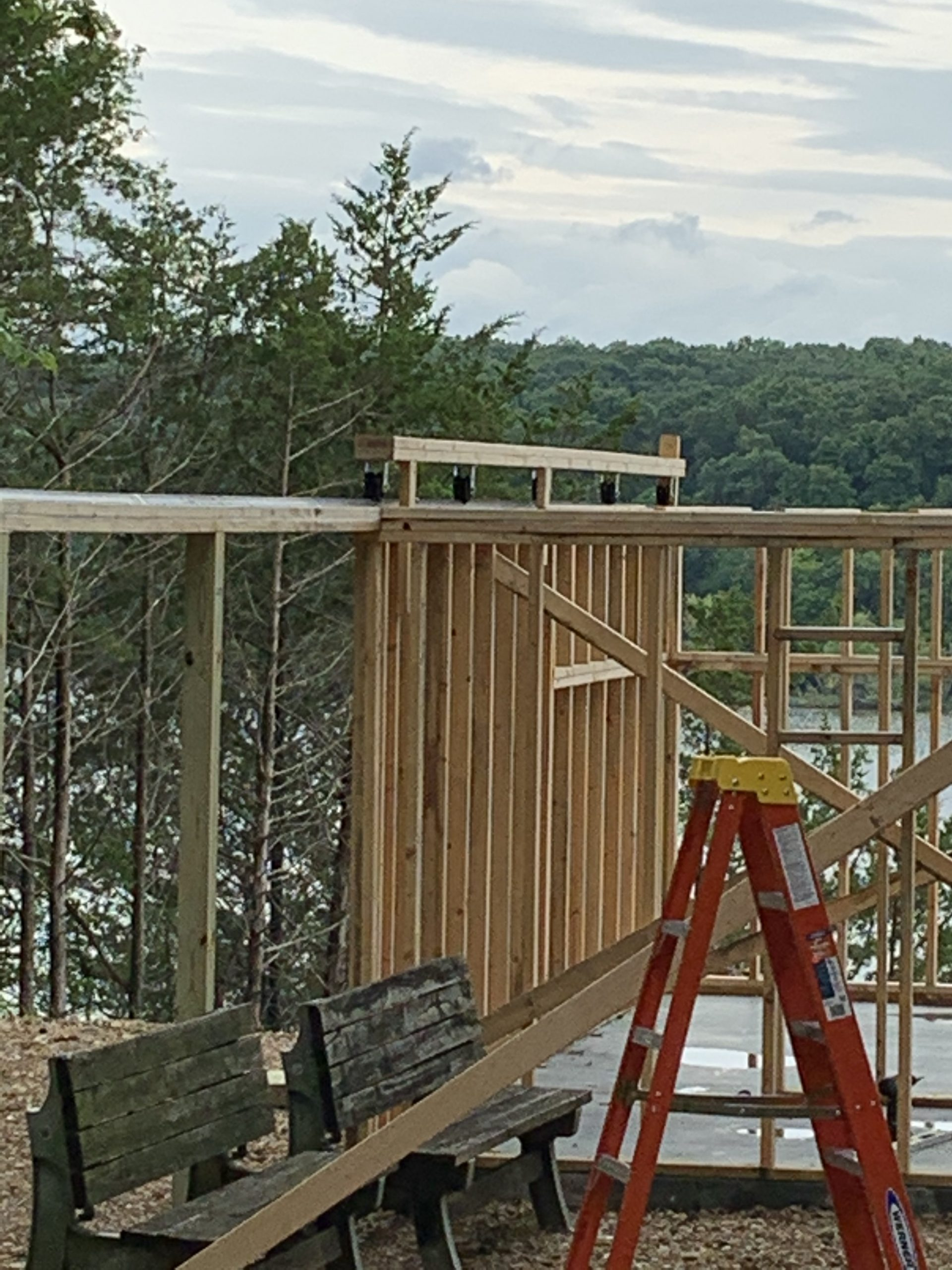
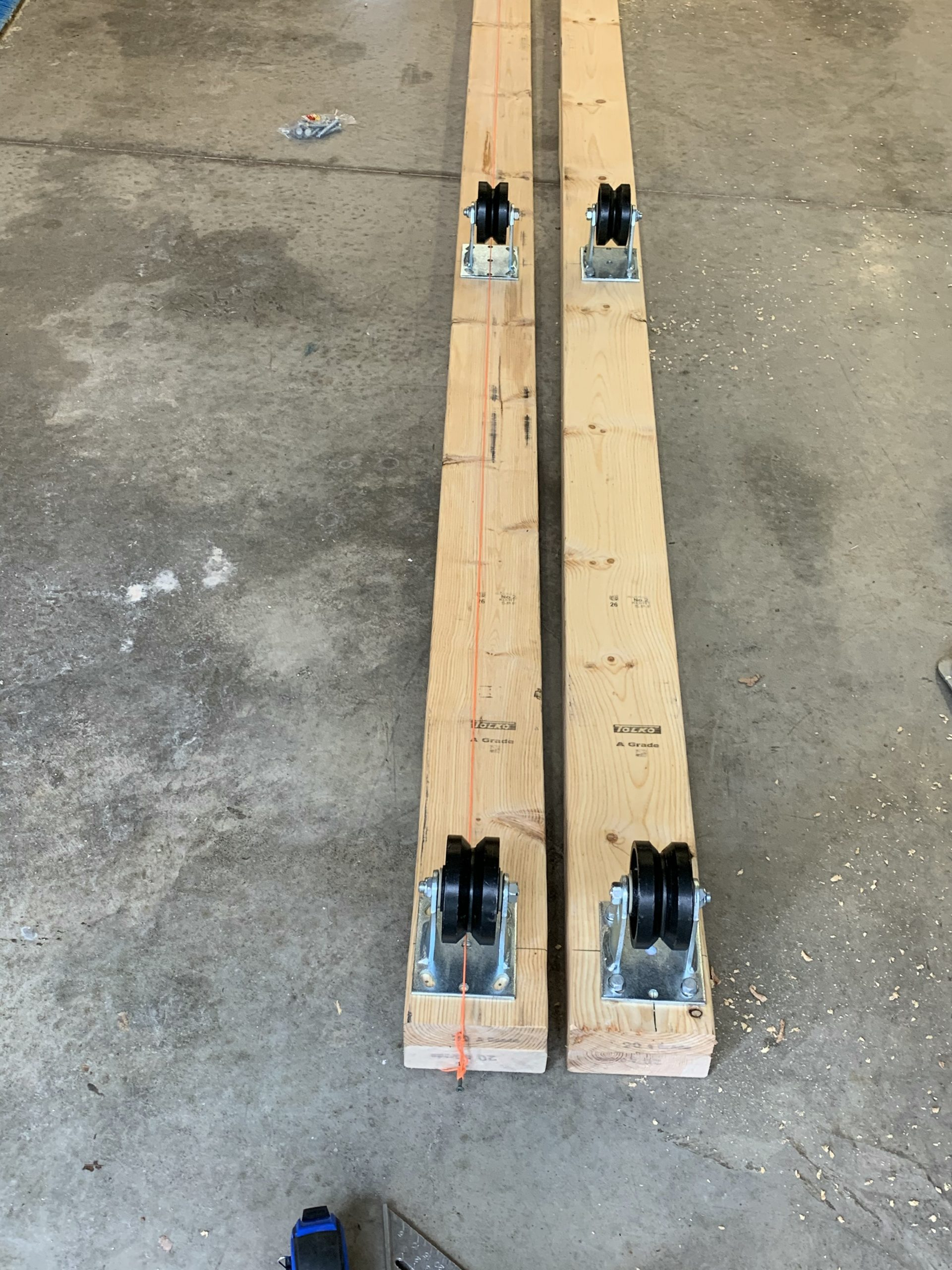
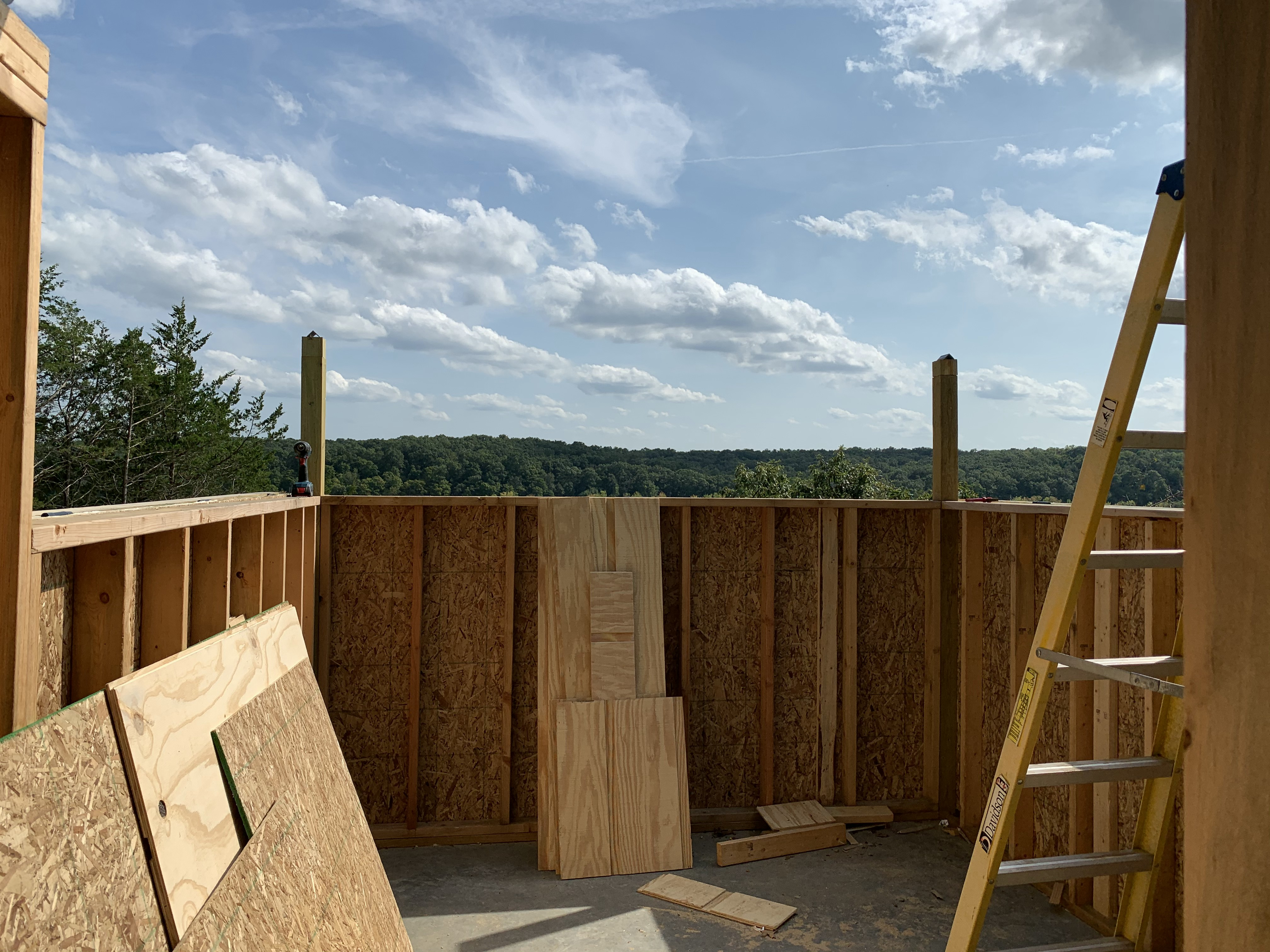
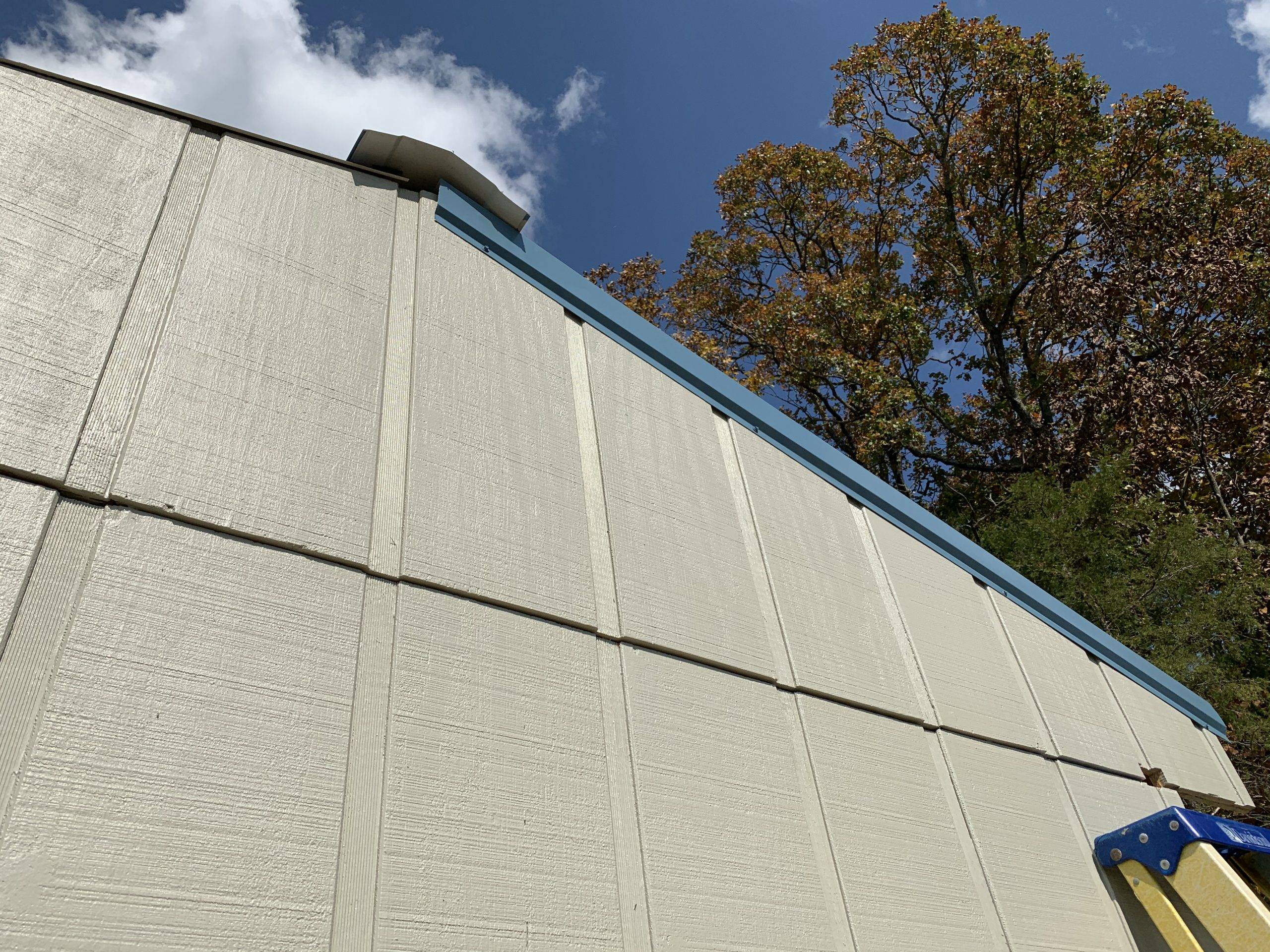
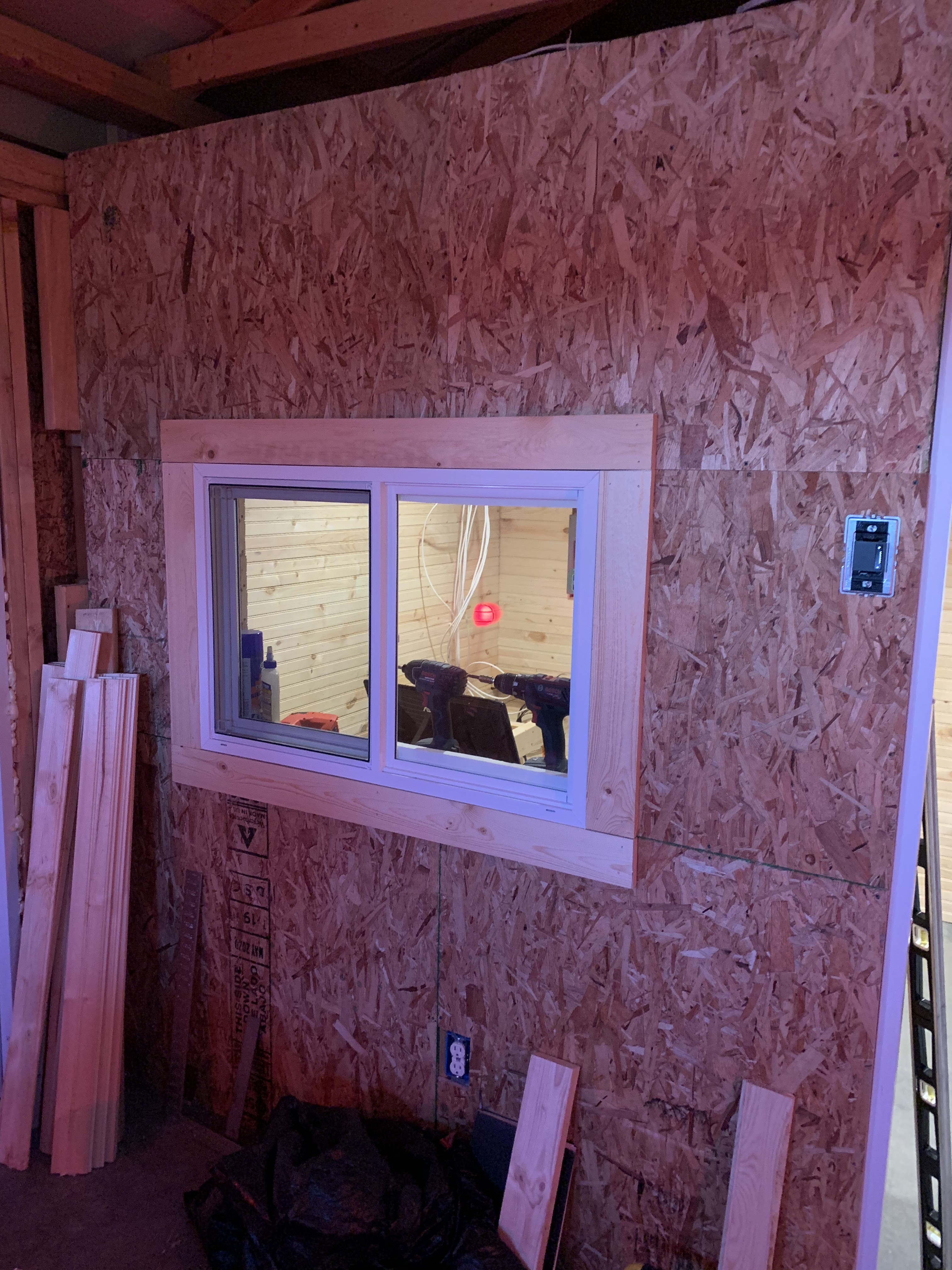

Been tied up much of this past summer with other house projects – remodeling our living room and upgrading to a new dock for our lake front home. That is not to say I haven’t been working on the observatory – performing systems testing, interior paint work, wall flap brackets, and doing some actual visual observing. I couldn’t be happier with the results so far…
One of the first things I worked after moving the LX200 to the facility was getting integration between the LX200 onboard computer (Audiostar Controller) and some open source planetarium/sky mapping tools. Currently my tool of choice is Cartes du Ciel on Linux (aka SkyChart). SkyChart, like many other open-source tools supports an open-source integration library called INDI or Instrument Neutral Distributed Interface. This software library allows a telescope or other types of instruments to be controlled by a Computer over a network or via direct attachment.
In this case, it will primarily be used over a network, utilizing a Raspberry Pi 4 computer as a gateway that is attached to the telescope control unit via USB to Serial Adapter. The Pi in this case is an INDI “server” and the PC running SkyMap is the INDI “client”. The process is simple – simply turn on the telescope control unit, run through the normal alignment process, then start the server process on the Pi, then tell SkyChart the IP and port # to connect to.
Here is a short video testing the process (roof closed, was during the day).
Spent a bit of time off and on this summer and fall painting the Telescope room, and my father assisted me with the completion of the wall flap opening latches and supports.
I used a deep blue color for paint that reminds me of color of the night sky for the interior walls and fold out “flap” sections. Here are some pics of the completed paint work:
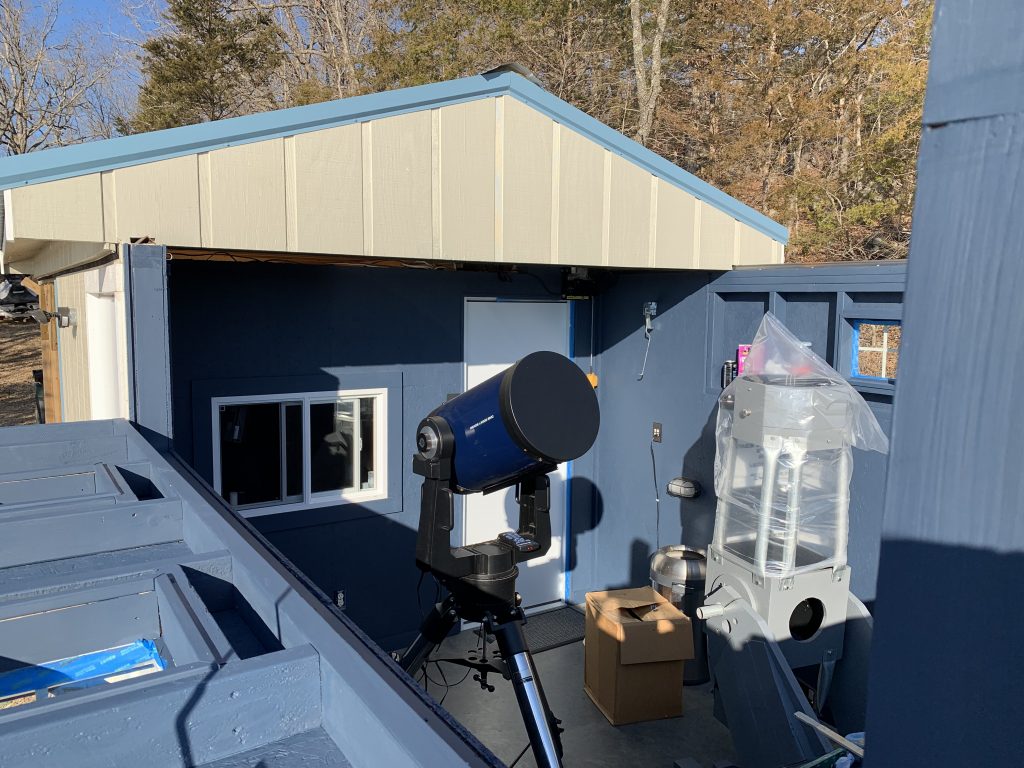
The fold-out wall sections on the south and west sides of the telescope room give of the sky down to the horizon in these two directions. The east side also is designed to fold out, however due to the trees obscuring the view that are on a neighbor’s property, I have left that wall fastened closed. The sections are 7 and 10 feet respectively, and the angle iron track for the roof is sectioned so these can be moved on the east and west. I had my neighbor, Dave Howe weld some 1″ angle iron brackets to support the “flaps” at a 90 degree angle to keep them movable by one person. Otherwise they are too heavy to operate on the full 180 degree action. I used standard fence style latches to lock them in place – two on the south section and one on the west. This requires the south section to be opened and closed first. Overall, I couldn’t be happier with how they came out. My father assisted me in the installation of the brackets and the latches. He also posed with the LX200 for a scale reference. We used a couple of 2×4’s, a 4×4, a bottle jack, and level to determine the appropriate height of the brackets to hold the “flaps” level when opened. Here are some pics:
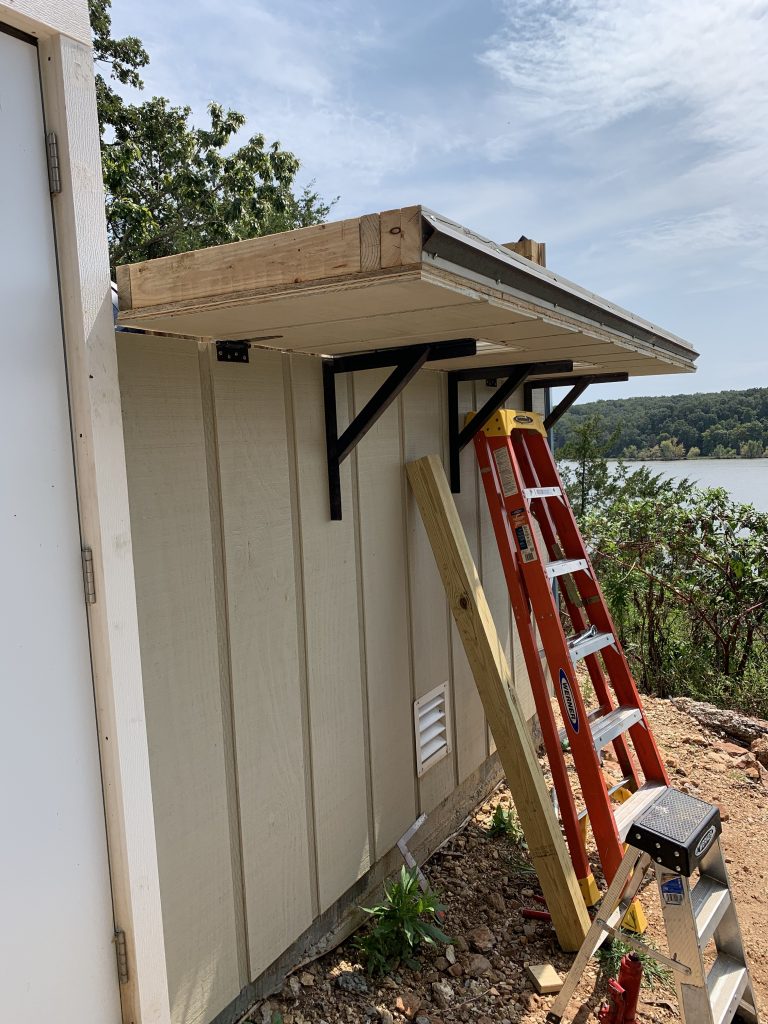
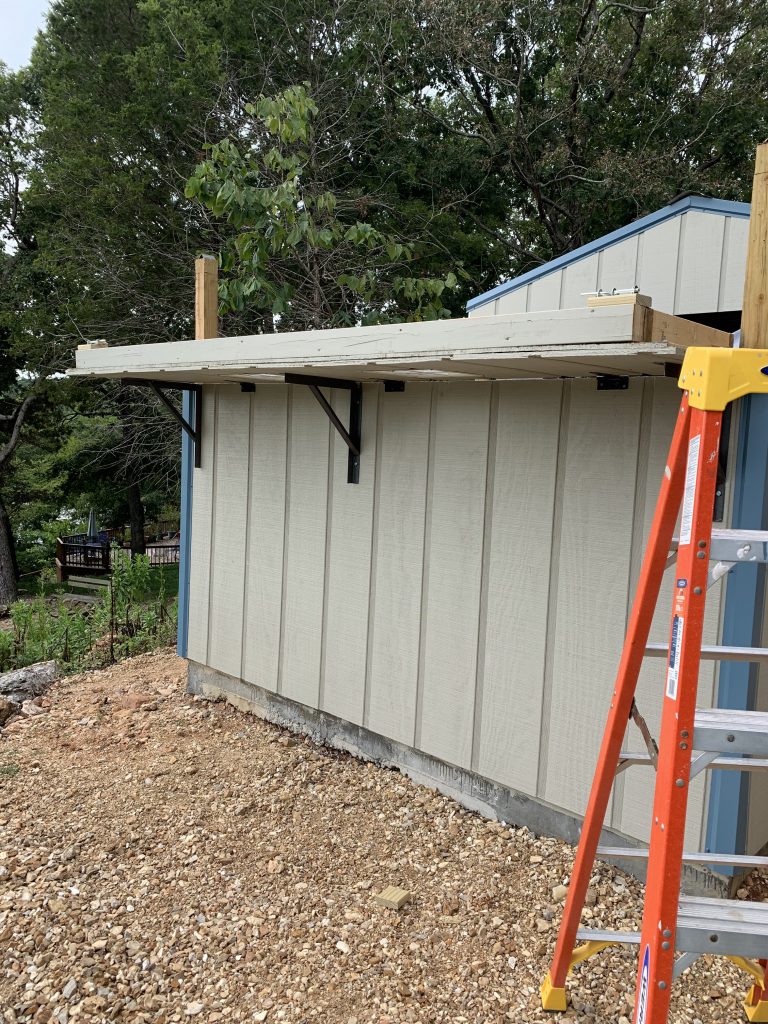
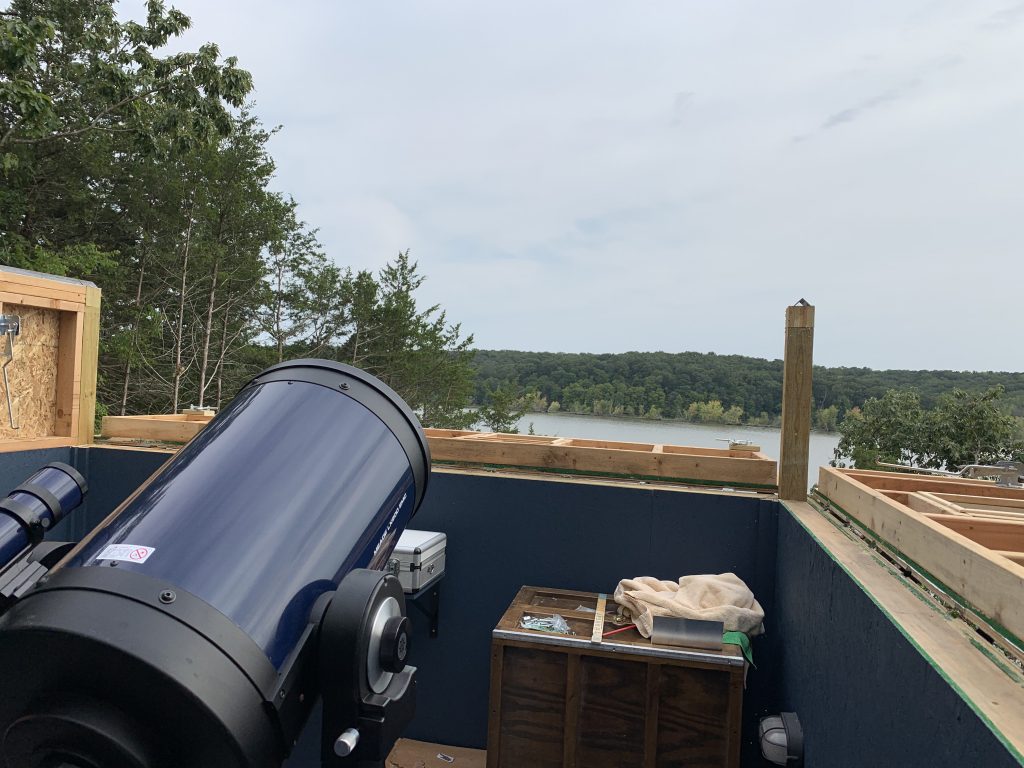
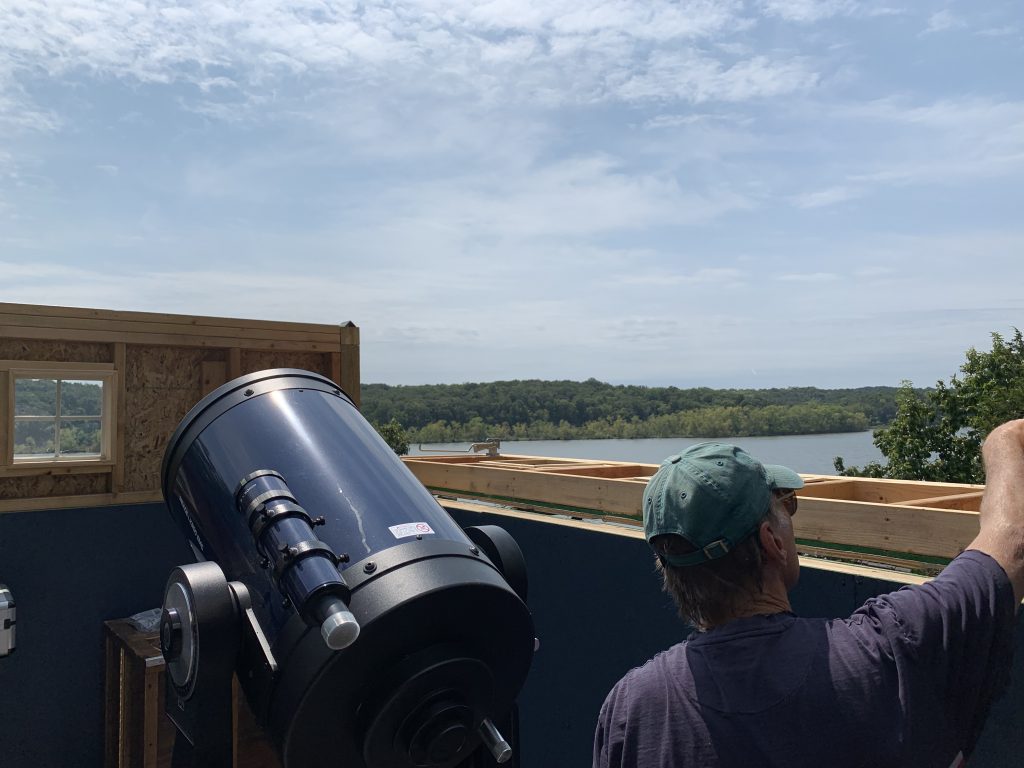
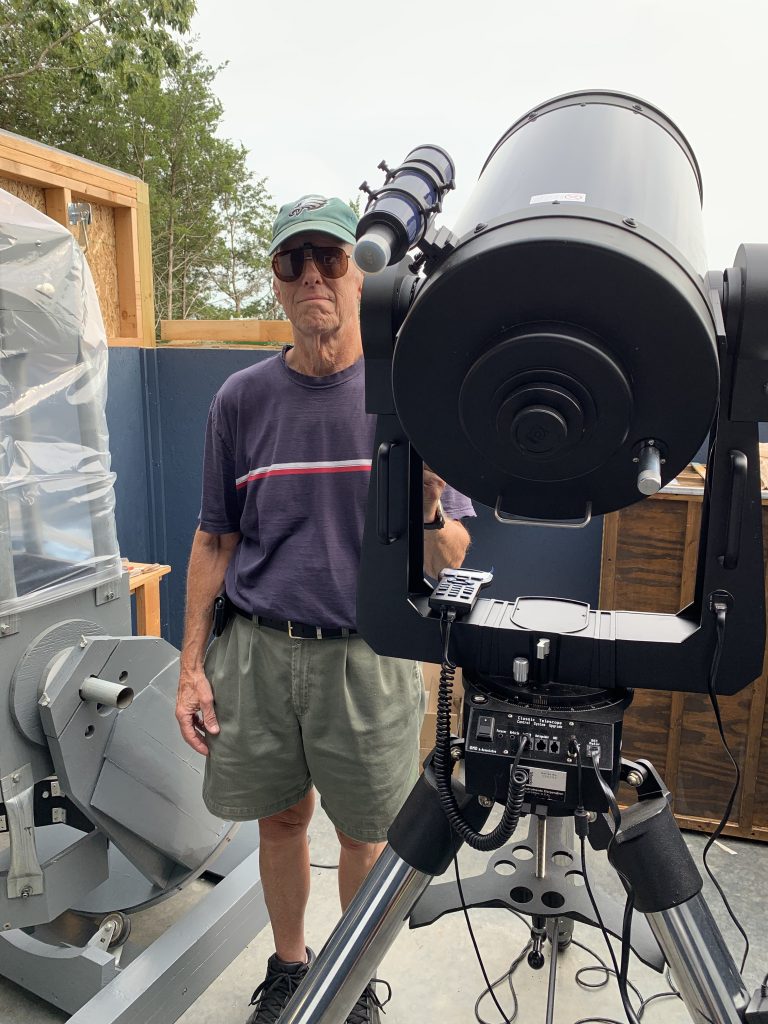
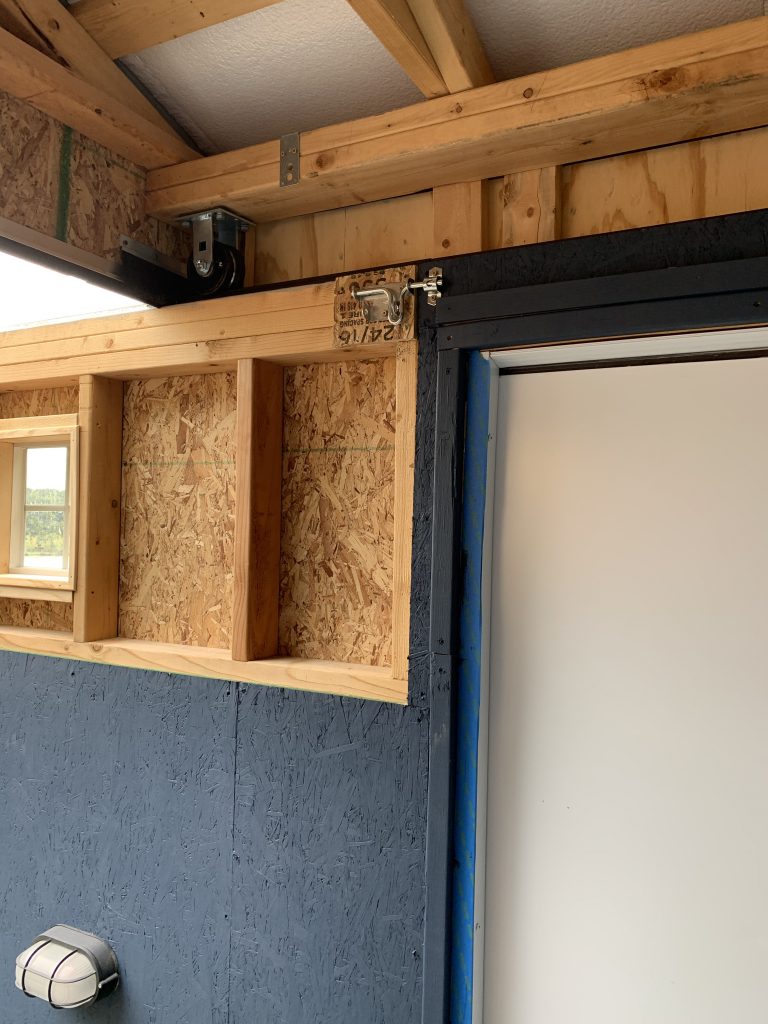
We are pretty close to completion of the construction at this point, and the facility has been usable since March of 2021. I have had several observing sessions since then, and will soon transition to articles regarding the observing sessions, and my foray into Astro-photography and Video Astronomy. So far, thanks to the Go-To capability of the LX200 and INDI integration with SkyChart, I have seen more deep sky objects in this short period of time than in all the time since I started observing in the 6th grade. Its been a pretty awesome experience so far!!
Leave a reply